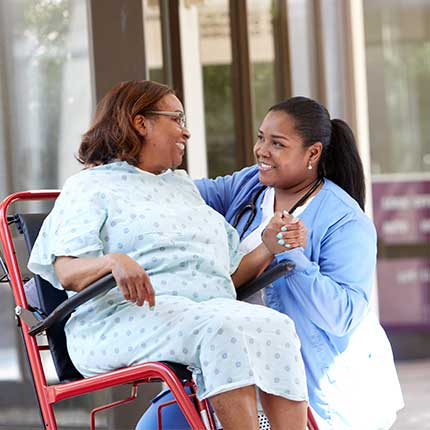Healthy Living
The Golden Rules of Driving Near Schools
Classes are back in session, meaning morning and afternoons in the vicinity of schools can be kiddie and car chaos. Although most of us learned school zone safety in driver’s education, it’s probably been a while. Whether you are dropping off or just driving by, our infographic gives you a quick refresher course in school traffic safety.
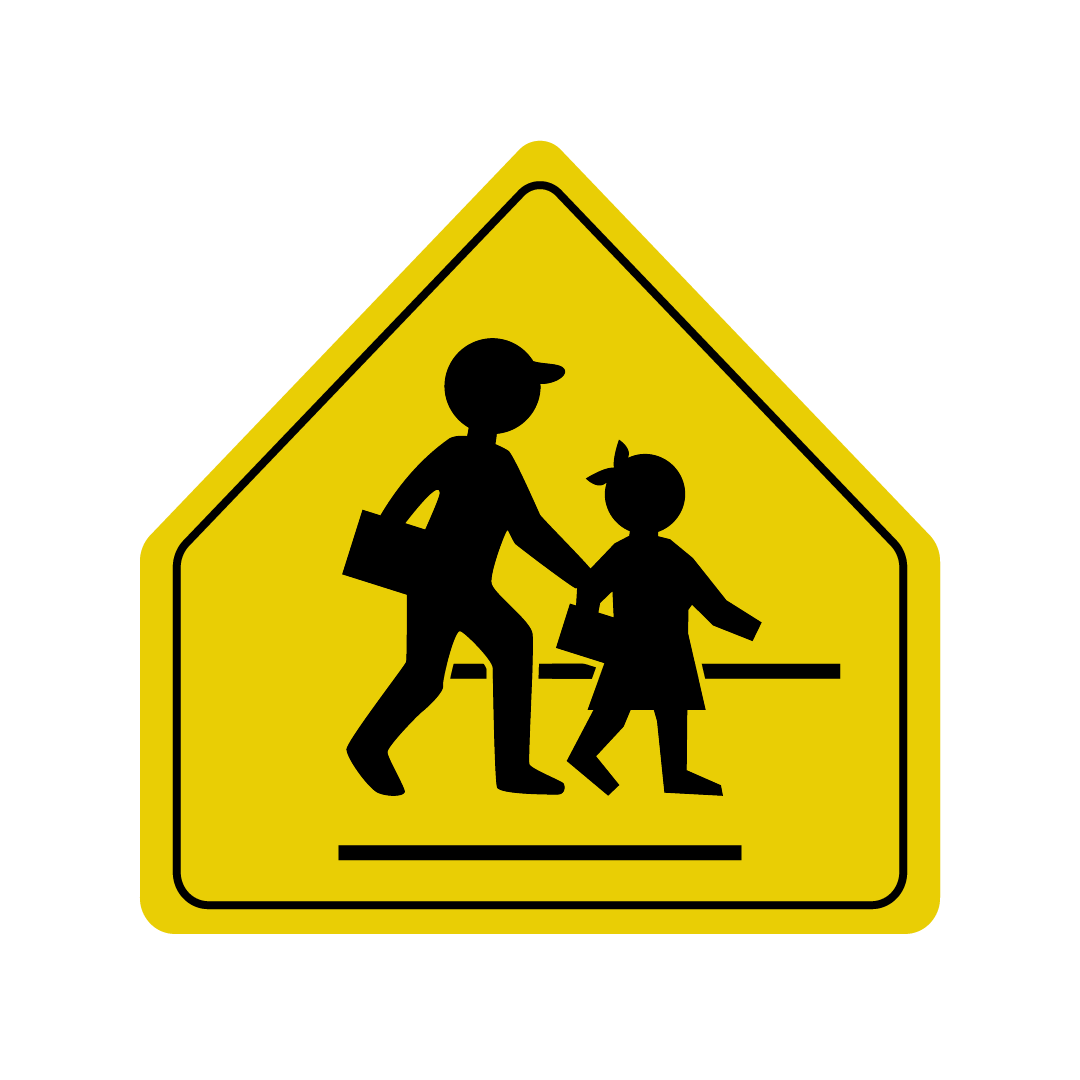 When you’re in a school zone, stop and yield to pedestrians crossing the crosswalk or intersection.
When you’re in a school zone, stop and yield to pedestrians crossing the crosswalk or intersection. |
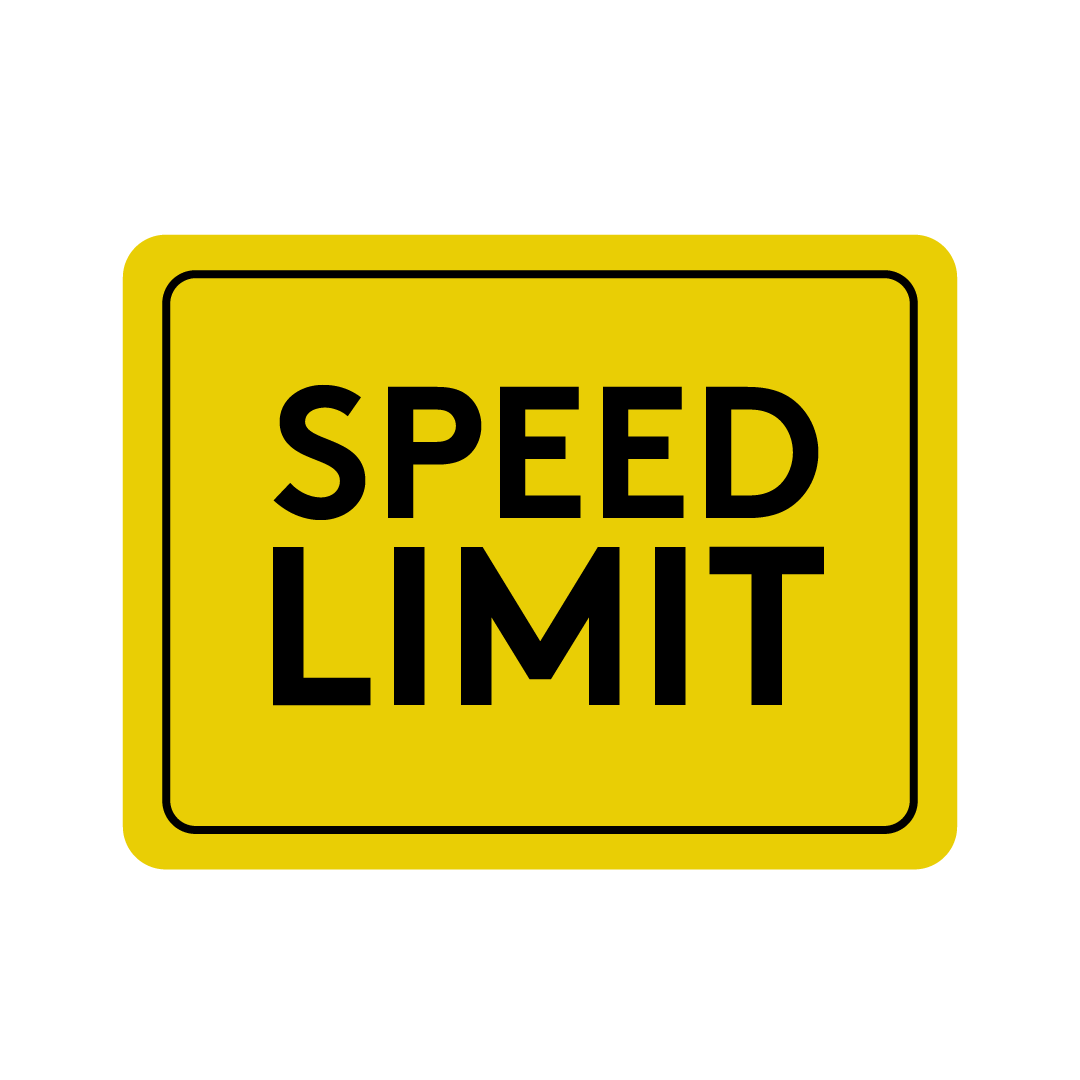 Reduce your speed to the required limit. It may seem like you are driving at a snail’s pace, but it gives you plenty of time to brake for scurrying school kids.
Reduce your speed to the required limit. It may seem like you are driving at a snail’s pace, but it gives you plenty of time to brake for scurrying school kids. |
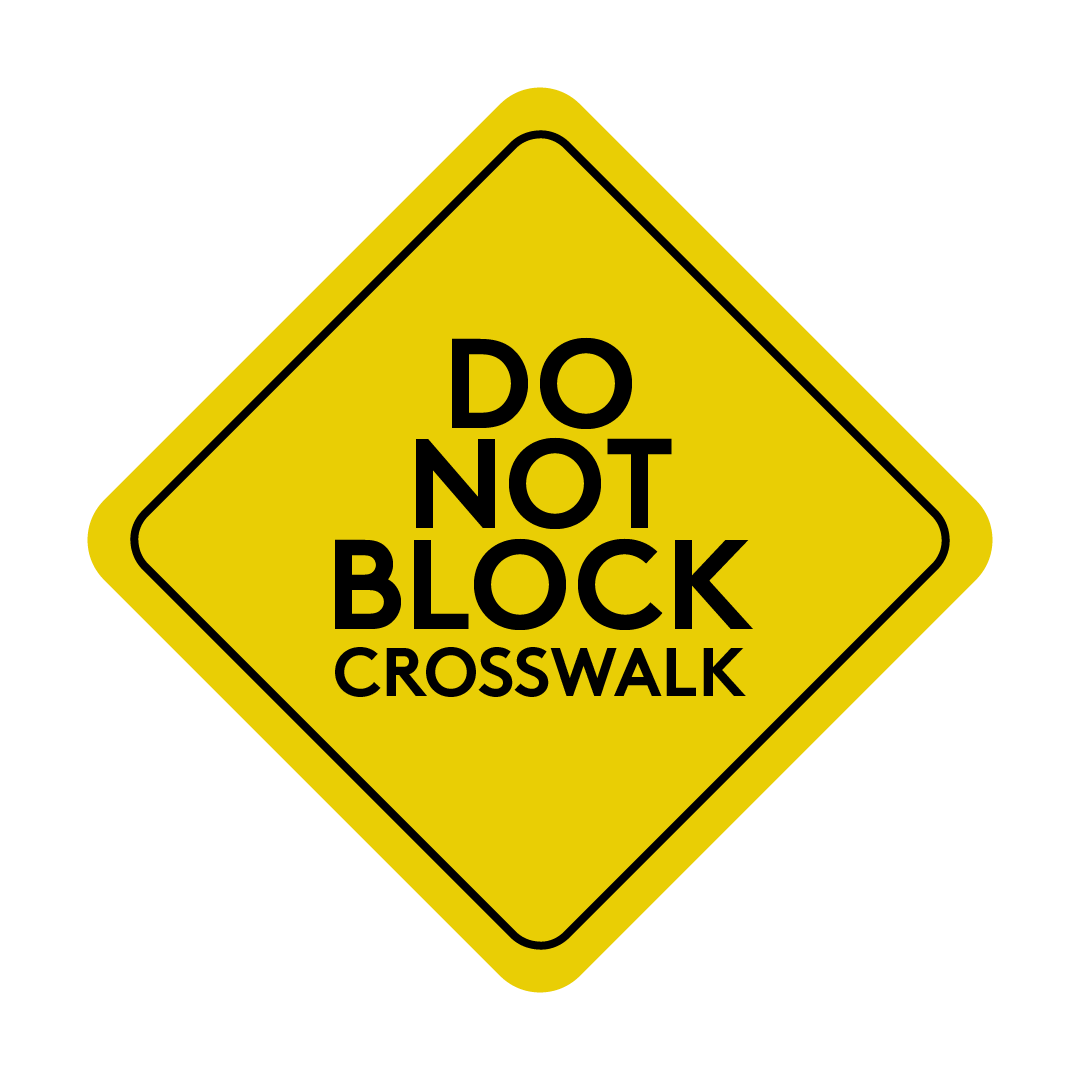 Don’t block the crosswalk even if you are waiting to make a turn or stopped at a red light. Blocking the crosswalk forces pedestrians to go around you and could put them in the path of moving traffic.
Don’t block the crosswalk even if you are waiting to make a turn or stopped at a red light. Blocking the crosswalk forces pedestrians to go around you and could put them in the path of moving traffic. |
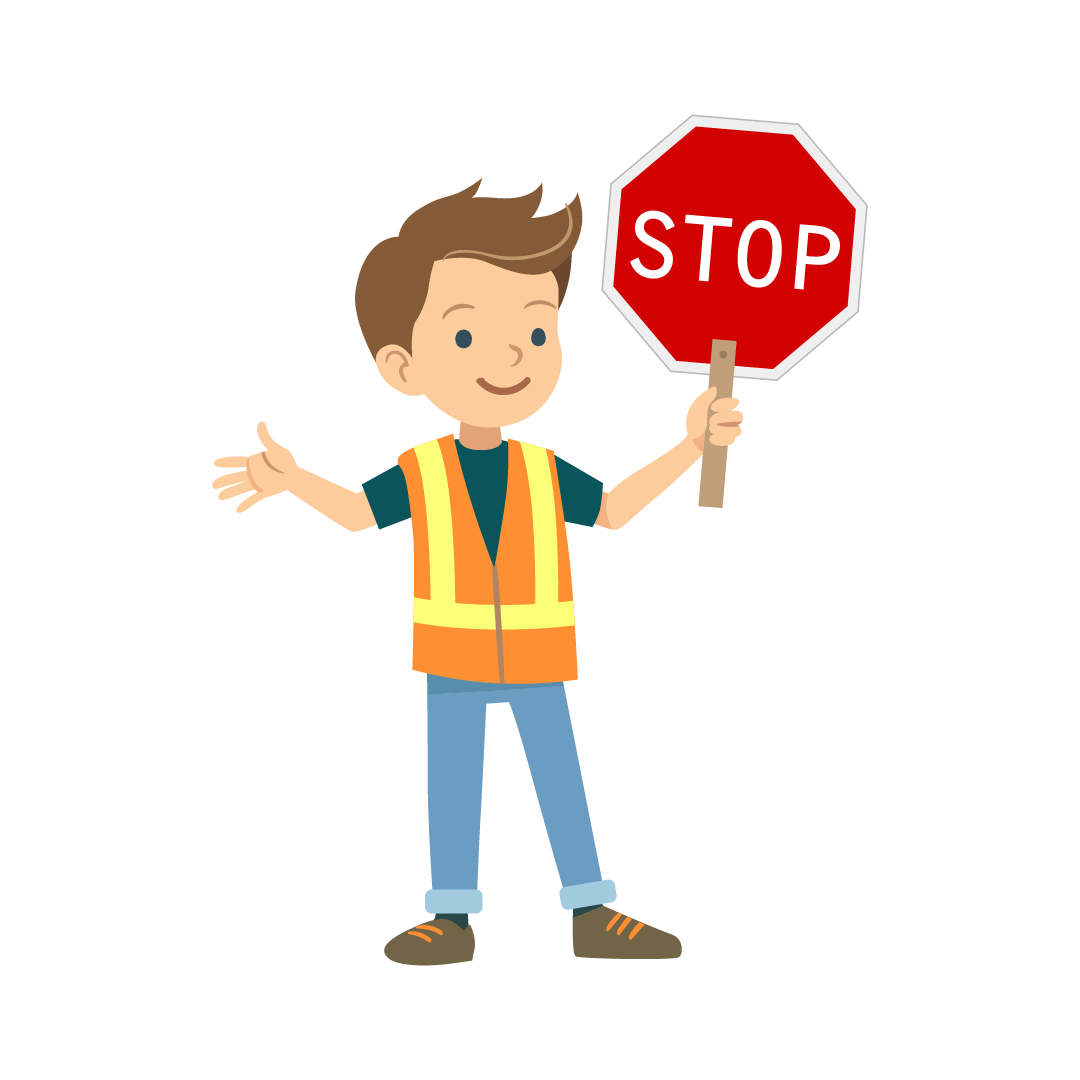 Always stop for a school patrol officer or crossing guard holding up a stop sign.
Always stop for a school patrol officer or crossing guard holding up a stop sign. |
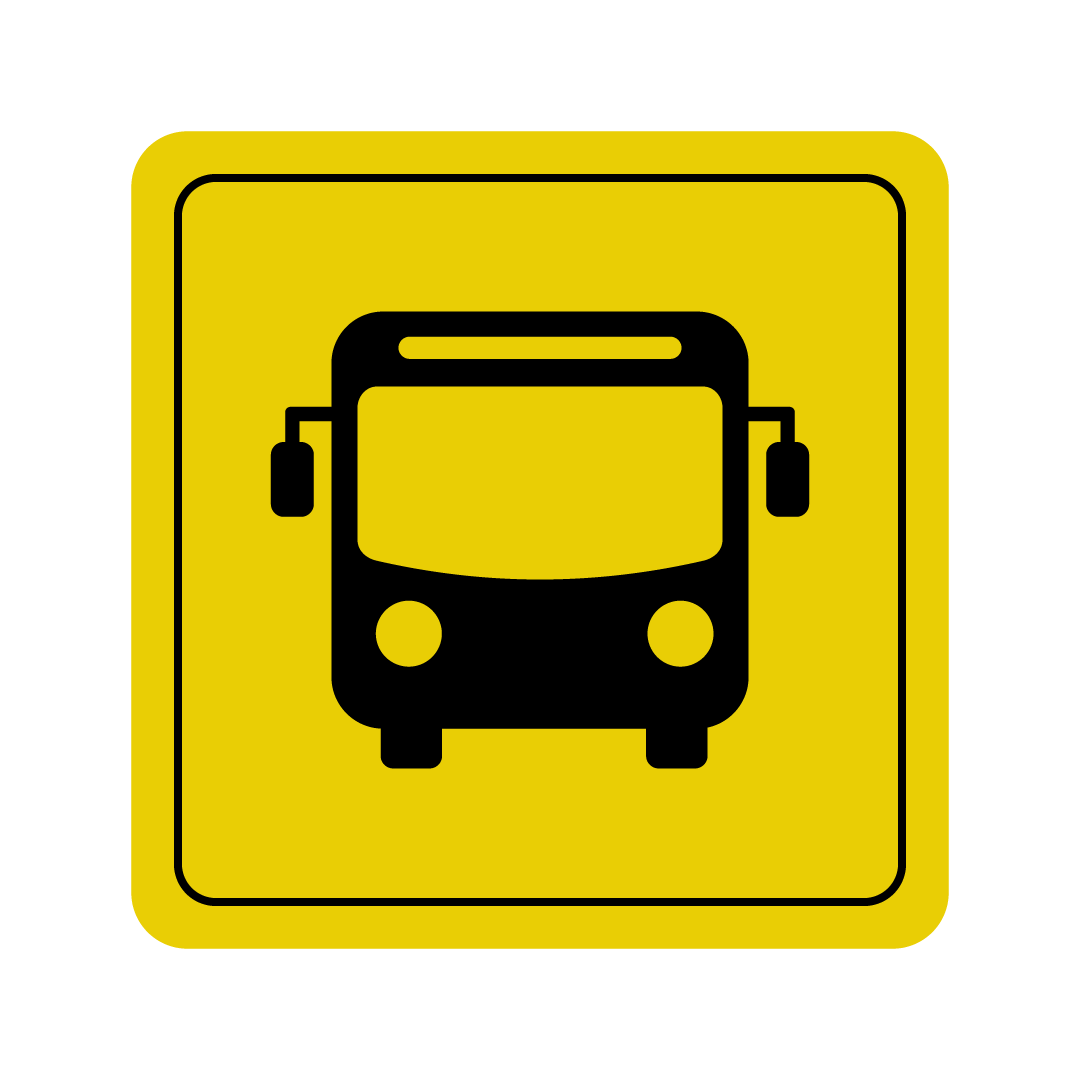 Never pass a bus from behind – or from either direction if you’re on an undivided road – if the bus is stopped to load or unload children.
Never pass a bus from behind – or from either direction if you’re on an undivided road – if the bus is stopped to load or unload children. |
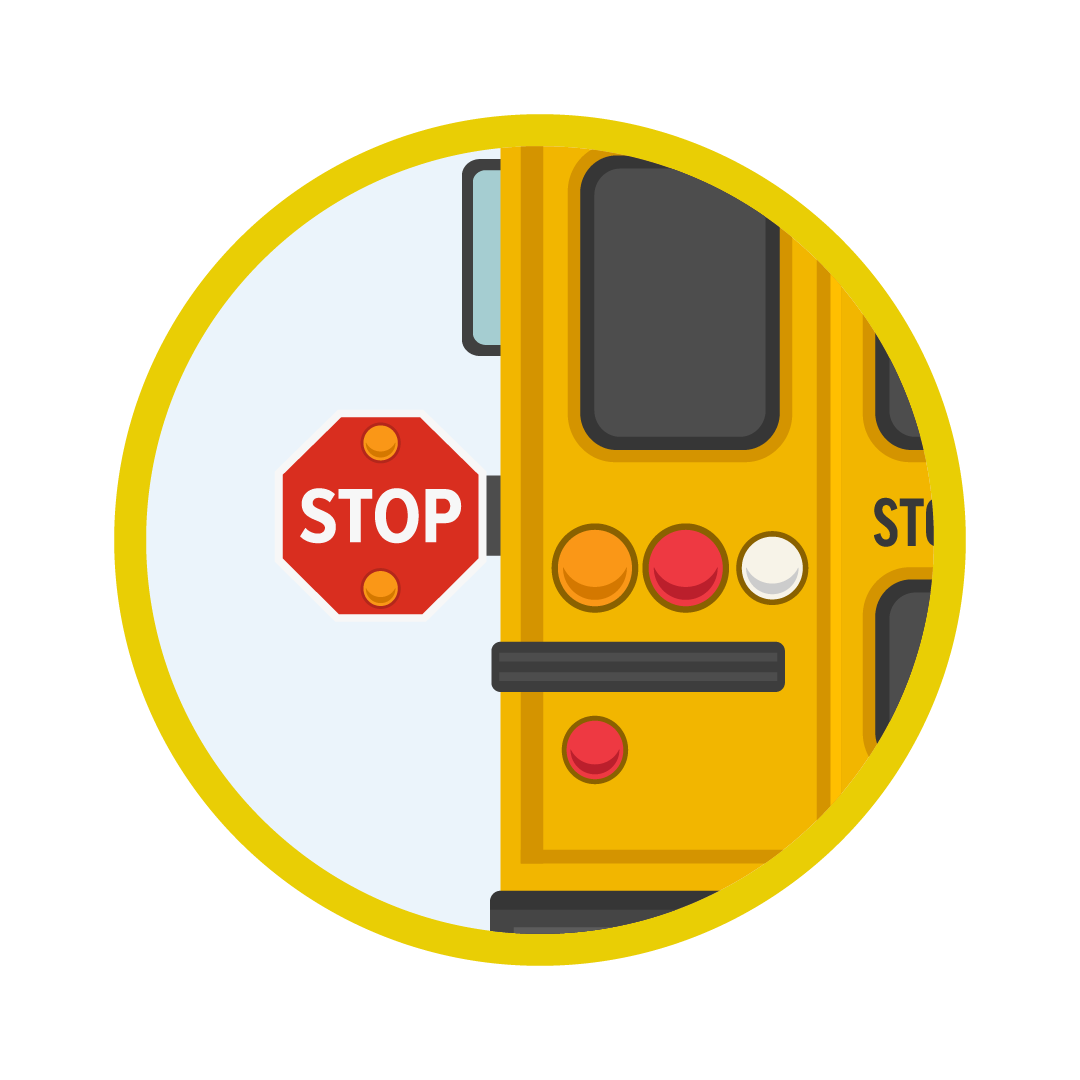 If the yellow or red lights on a school bus are flashing and the stop arm is extended, you must stop.
If the yellow or red lights on a school bus are flashing and the stop arm is extended, you must stop. |
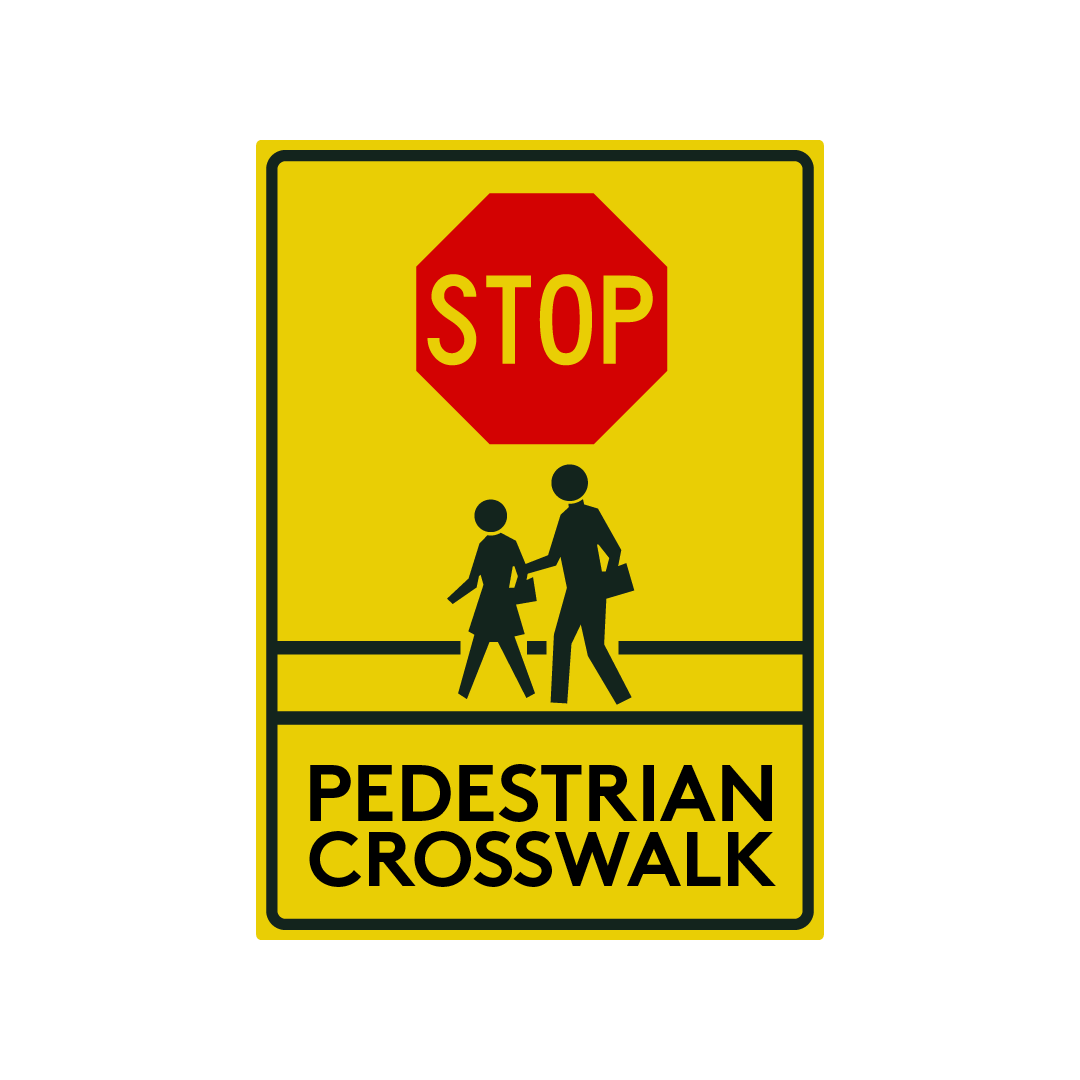 Never pass a vehicle if it is stopped for pedestrians.
Never pass a vehicle if it is stopped for pedestrians. |
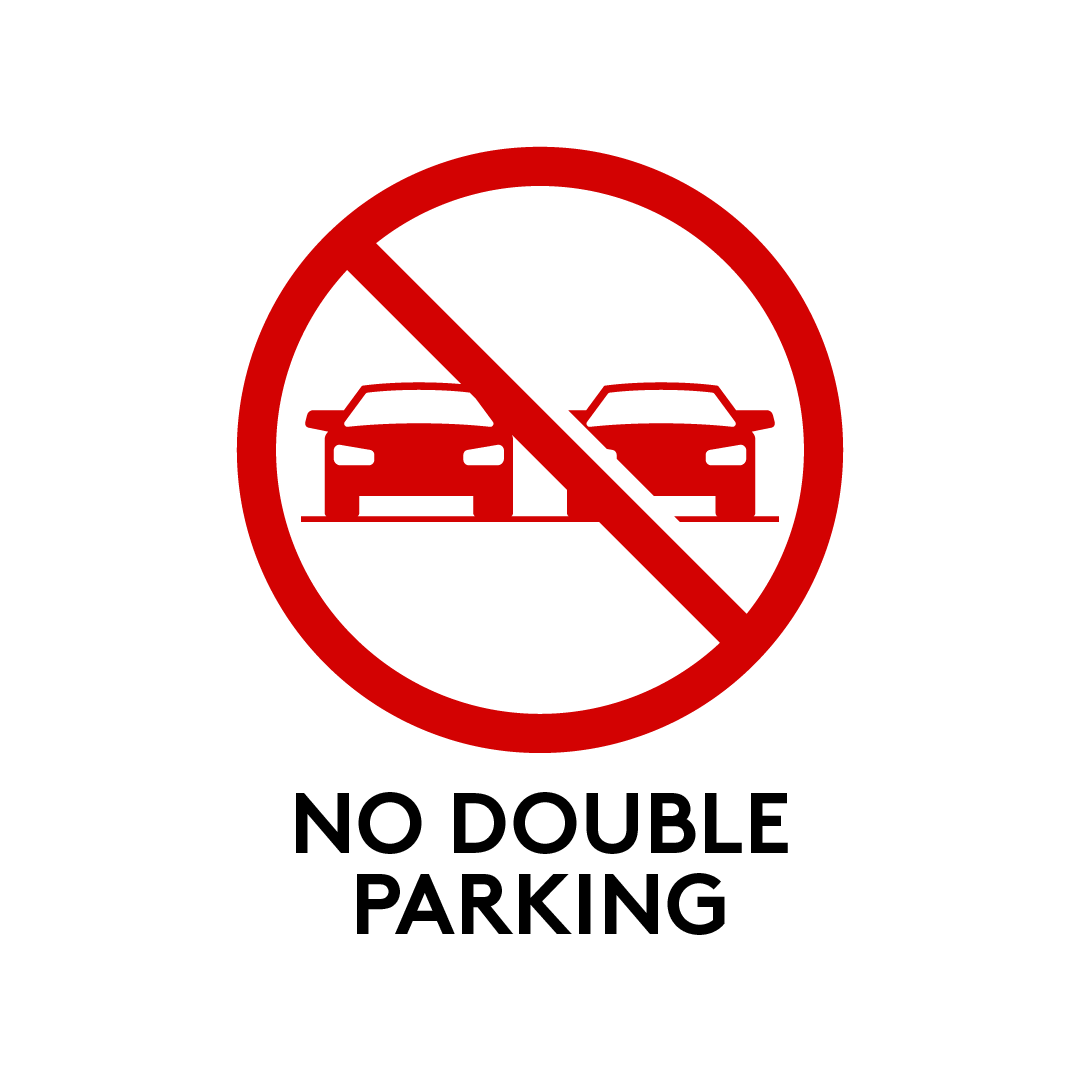 Don’t double park. It blocks visibility and forces other cars to go around you.
Don’t double park. It blocks visibility and forces other cars to go around you. |
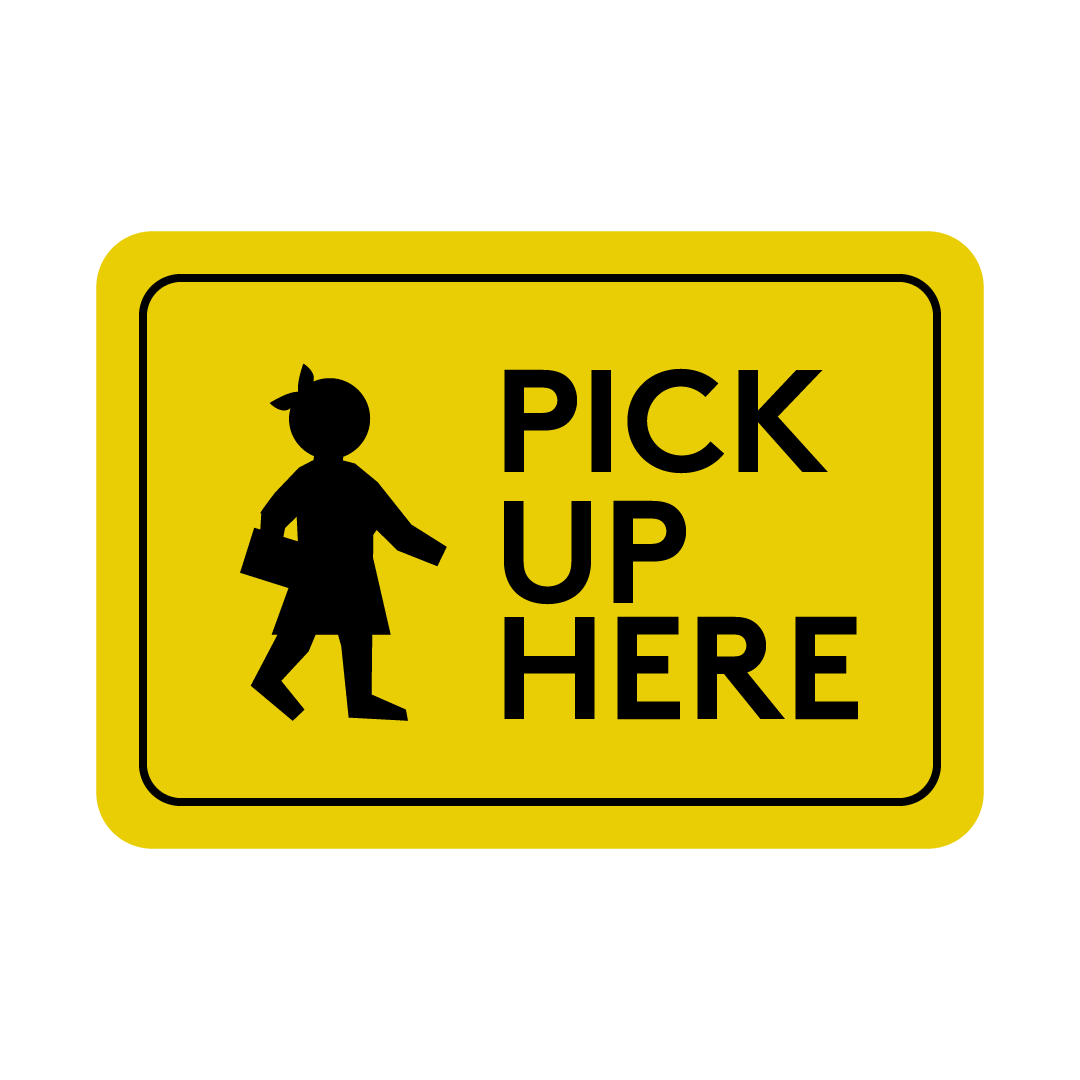 If you are dropping off or picking up children, don’t let them get in or out of the car across the street from the school.
If you are dropping off or picking up children, don’t let them get in or out of the car across the street from the school. |
As a rule of thumb, it is always wise to take extra care to look out for children in school zones, near playgrounds, parks and all residential areas.
Source:
National Safety Council
Sign Up for Health Tips
Get our advice and upcoming events about weight, pain, heart and more.
Take a Health Risk Assessment
Our health assessments can help you identify issues and areas to discuss with your doctor.

